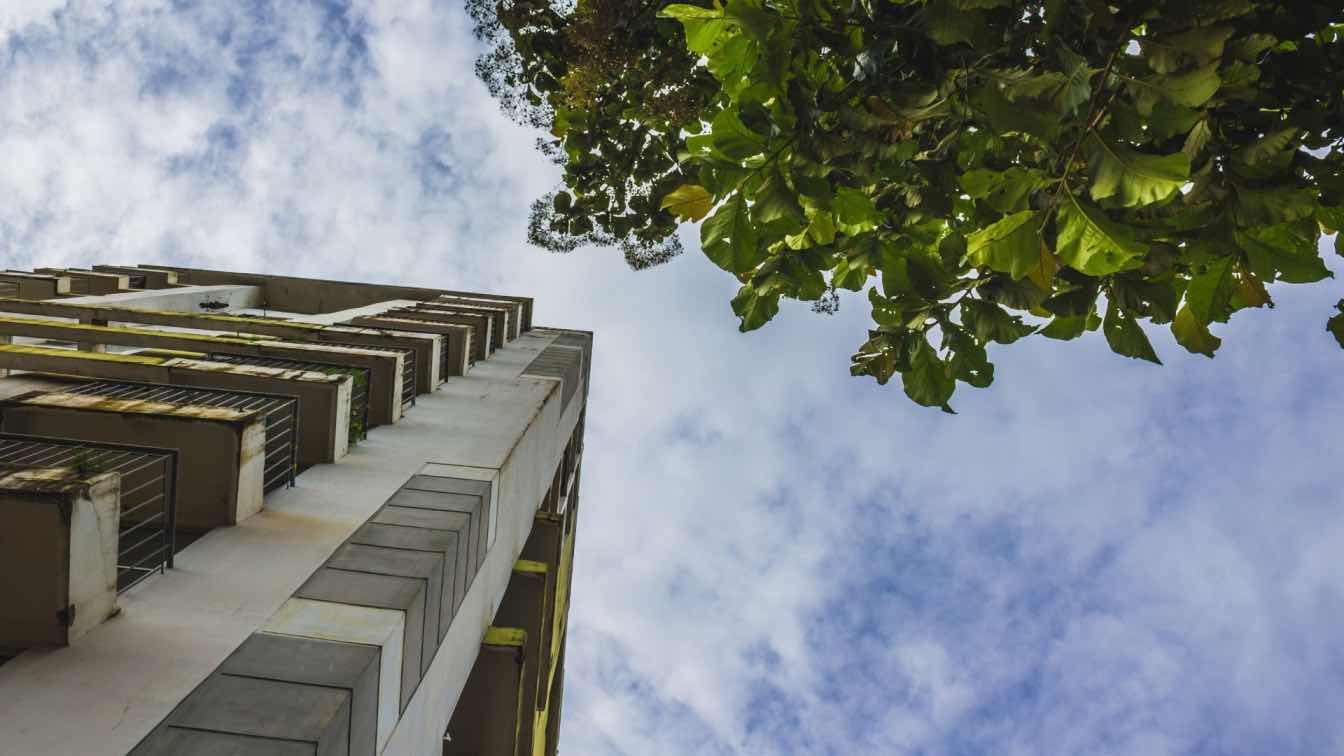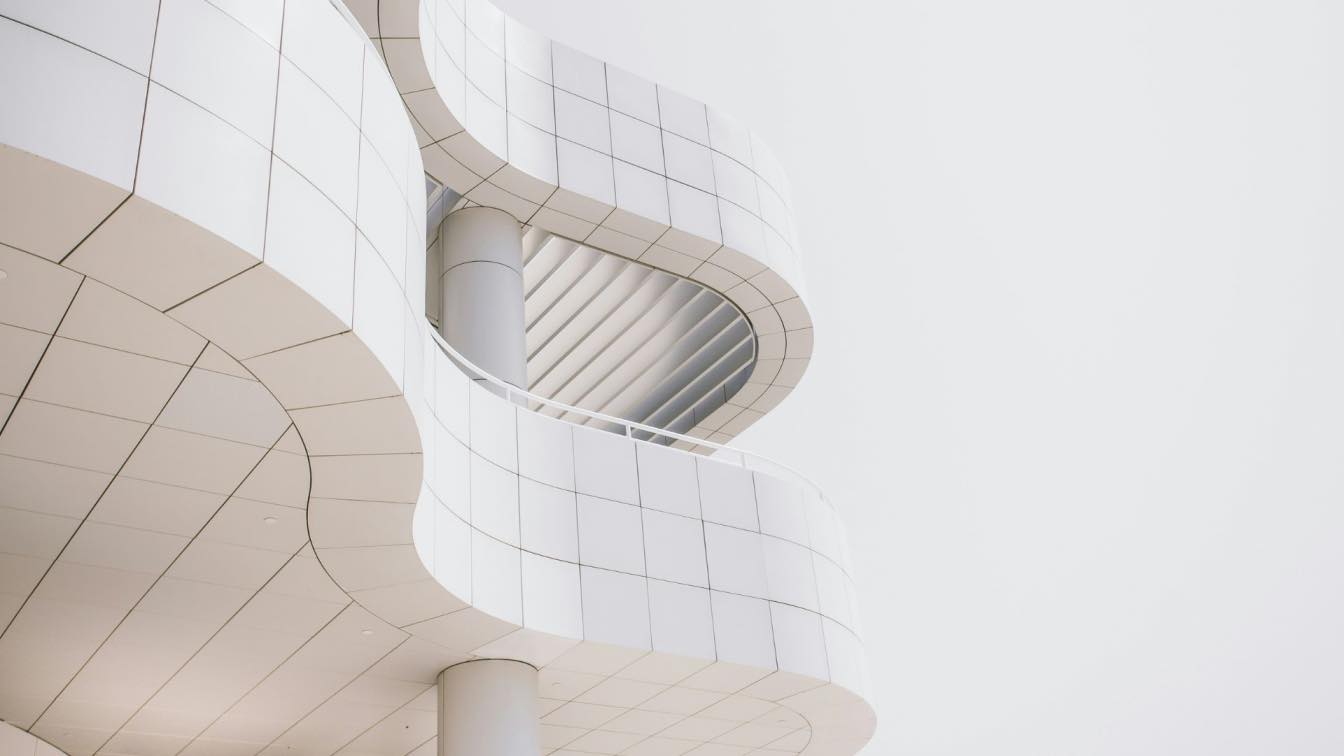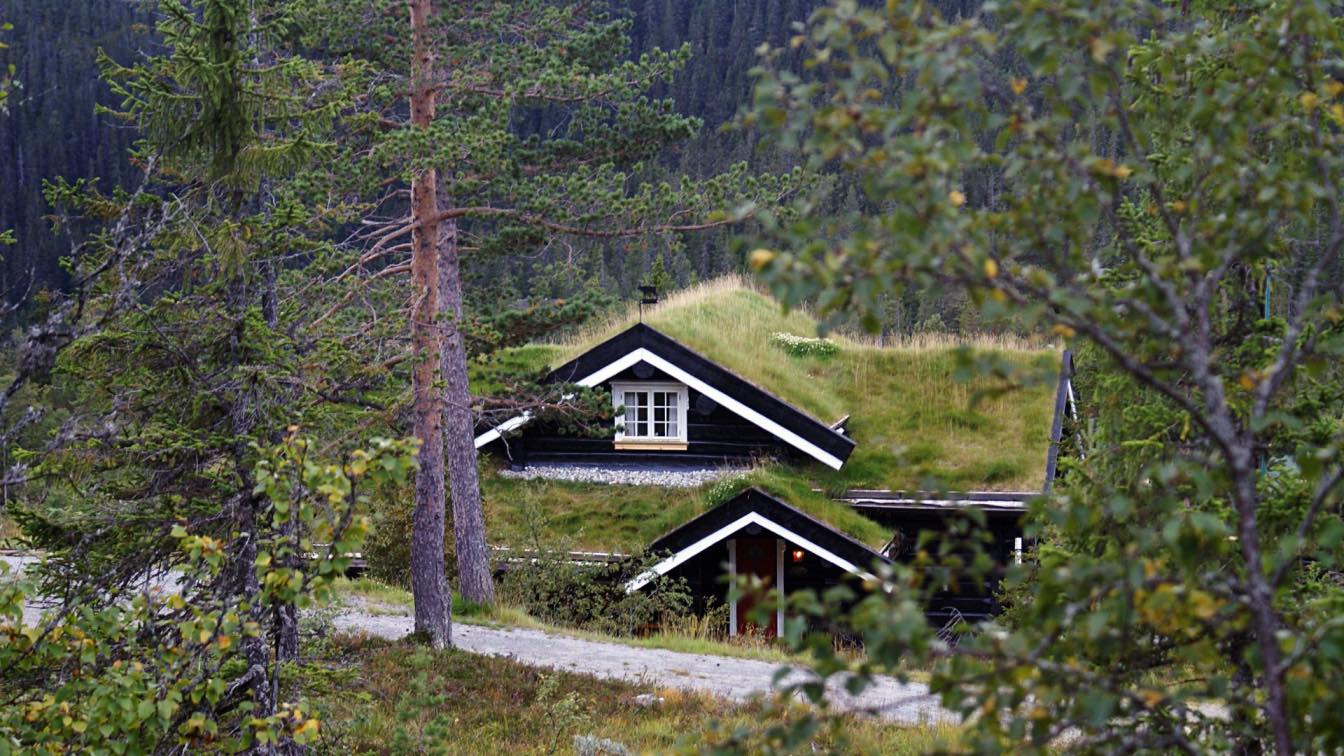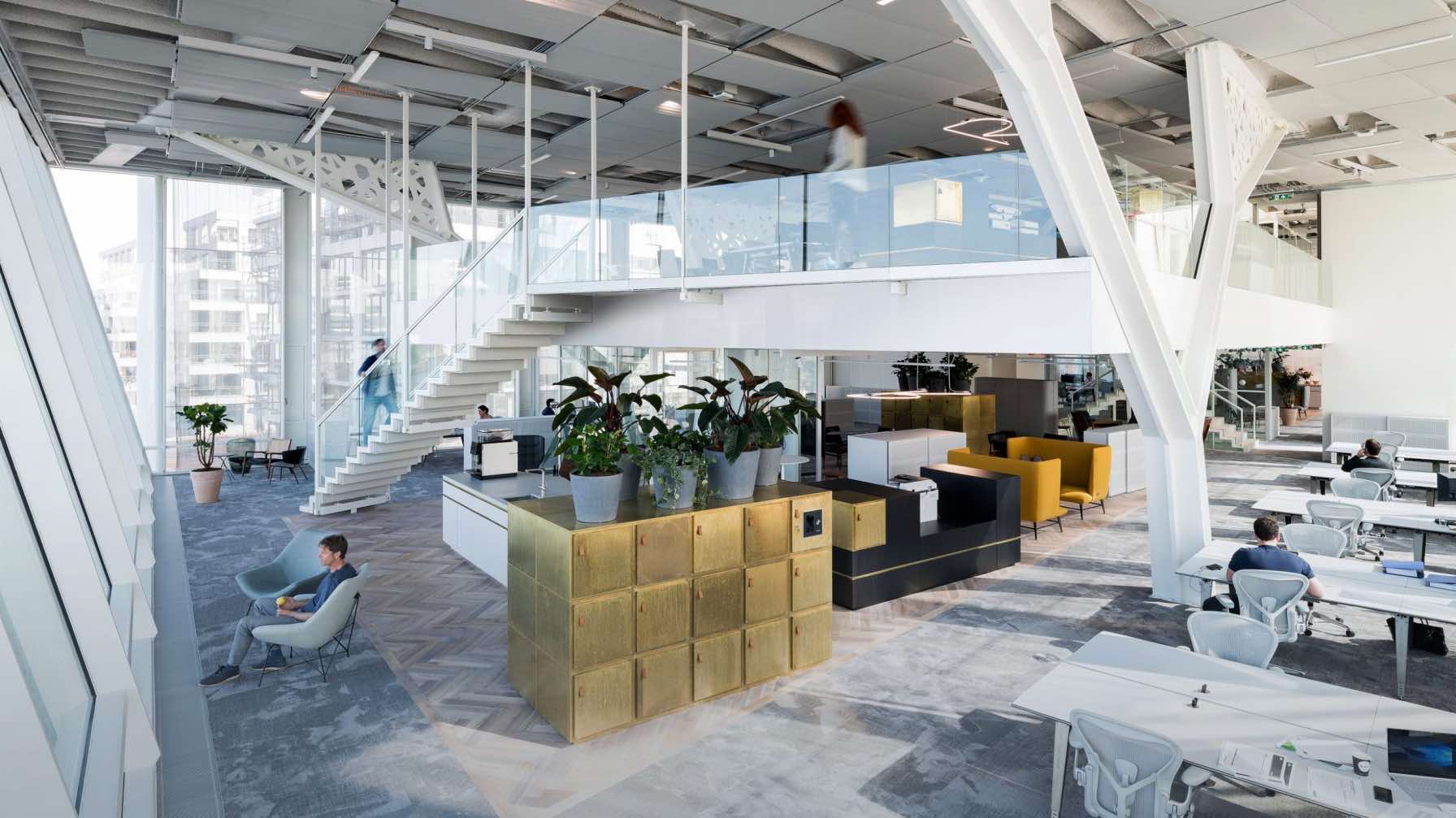Buildings face increasing threats from extreme heat, flooding, and powerful storms as climate change intensifies. This leads to rising energy demands that strain resources. Architects and developers can no longer rely on conventional methods that leave buildings exposed and inefficient. This article explores how climate-resilient architecture empowers us to build structures that endure and adapt to a changing world.
Key Strategies for Climate-Resilient Design
Siting and Orientation
Architects strengthen resilience when they position buildings to work with, not against, the environment. By orienting a structure to capture natural breezes, they reduce dependence on mechanical cooling.
At the same time, they minimize solar gain by aligning façades with the sun’s path and incorporating shading elements. Thoughtful siting allows buildings to perform efficiently year-round, even in unpredictable climates.
Material Choices
Climate-ready buildings demand materials that endure extreme conditions while minimizing carbon footprints. Architects increasingly select cross-laminated timber, recycled composites, and advanced concrete mixes that combine durability with sustainability. These choices extend a building’s life, lower repair costs after severe weather, and reduce long-term environmental impact.
Water Management
Effective water strategies protect buildings from floods while conserving precious resources. Architects install green roofs to absorb rainfall, permeable pavements to reduce runoff, and harvesting systems to capture water for reuse. These solutions transform water from a hazard into an asset, reducing urban heat islands and improving ecological balance.
Daylighting and Energy Efficiency
Daylighting allows buildings to cut energy costs while improving occupant well-being. Architects design façades to maximize natural light and reduce the need for artificial illumination. They also integrate advanced solutions such as skylights to bring daylight deep into large structures.
By specifying commercial and industrial skylights, designers enhance efficiency while ensuring durability in demanding environments. These strategies reduce energy strain and create healthier interior spaces.
Flexibility
Resilient architecture adapts to changing needs as well as changing climates. Architects design modular layouts, movable partitions, and multipurpose spaces that allow buildings to evolve without major reconstruction. Flexible design keeps a building useful, cost-effective, and sustainable as community needs shift.
The Role of Technology and Innovation
Technology plays a central role in advancing climate-resilient architecture. Today’s tools allow architects to design buildings that anticipate challenges and adapt to changing conditions rather than simply react.
1. Smart building \systems track energy use, air quality, and occupancy in real time. These enable quick adjustments to improve efficiency and comfort.
2. Advanced modeling tools simulate performance under heat, storms, or flooding, allowing architects to refine strategies before construction.
3. Parametric and AI-driven design optimize layouts, materials, and energy flows for resilience and flexibility.
4. Facade and skylight innovations create high-performing envelopes. Well-specified skylights provide durable daylighting while maintaining thermal balance.
5. Resilient infrastructure materials such as self-healing concrete and reflective coatings extend durability and reduce maintenance.
Endnote
Climate resilience has become a defining measure of responsible architecture. The profession now requires solutions that anticipate risk, safeguard investment, and uphold long-term performance. Architects and developers reinforce the value of design as a protective and strategic asset by treating resilience as a standard. This shift ensures the built environment remains durable, efficient, and relevant in the decades to come.





